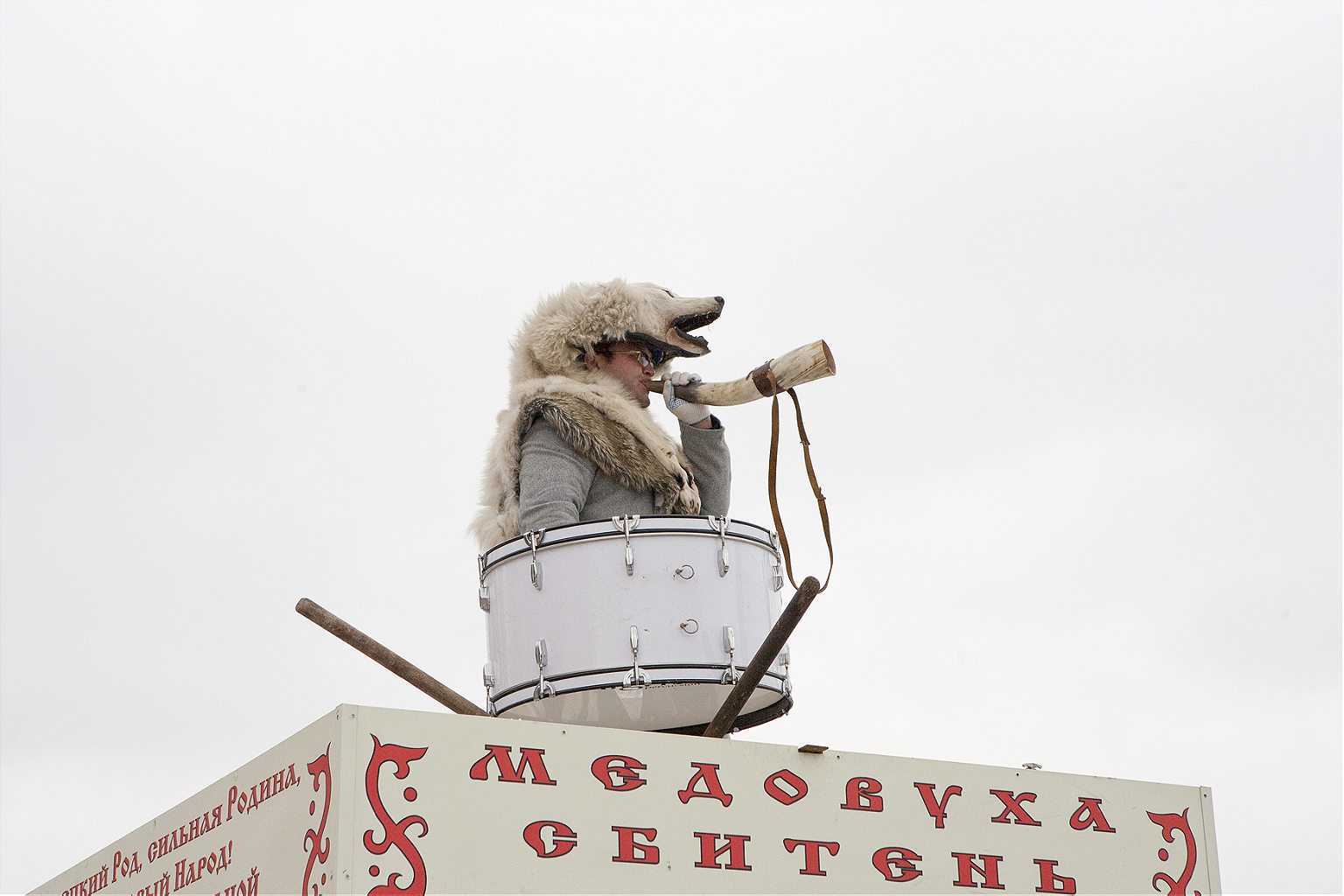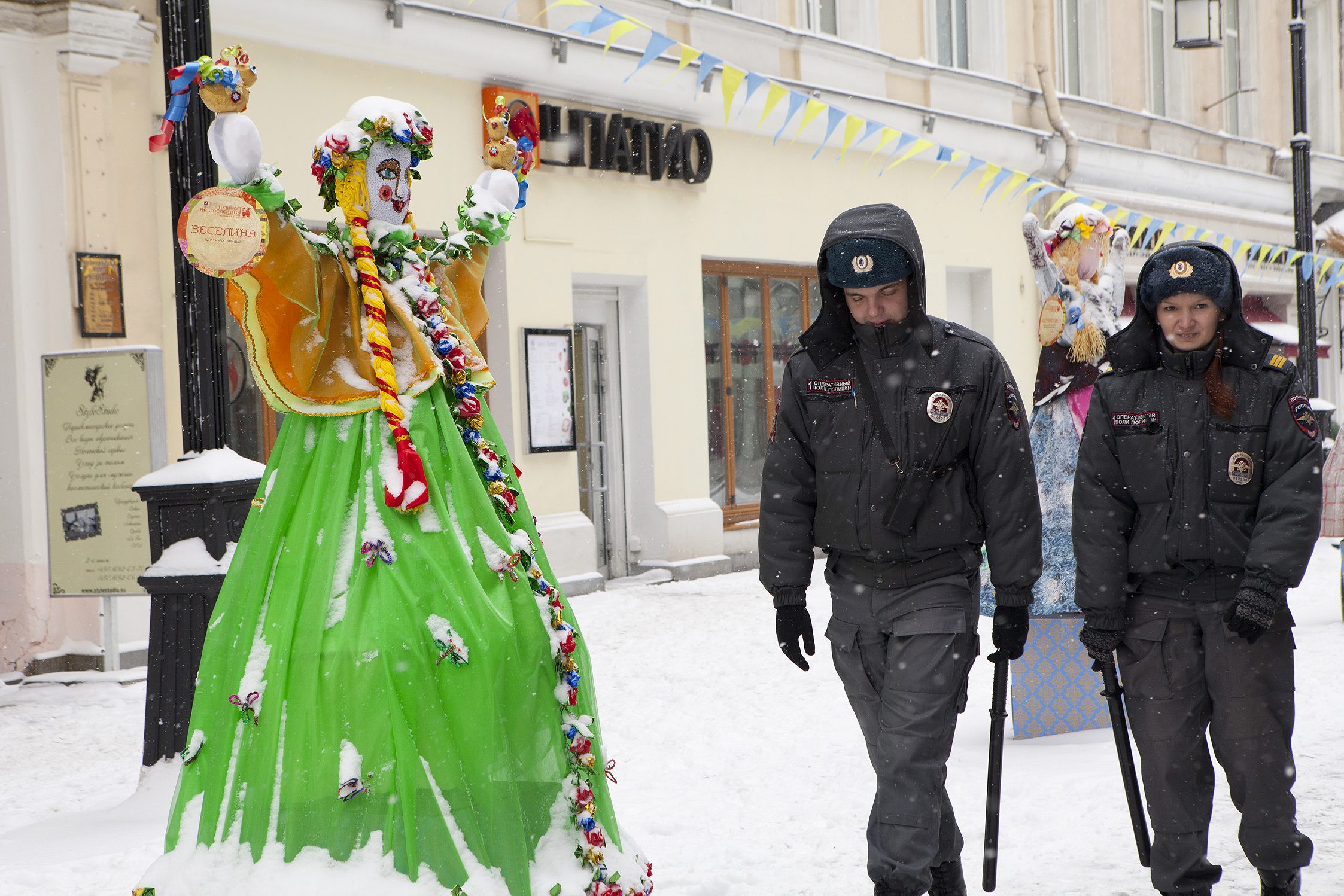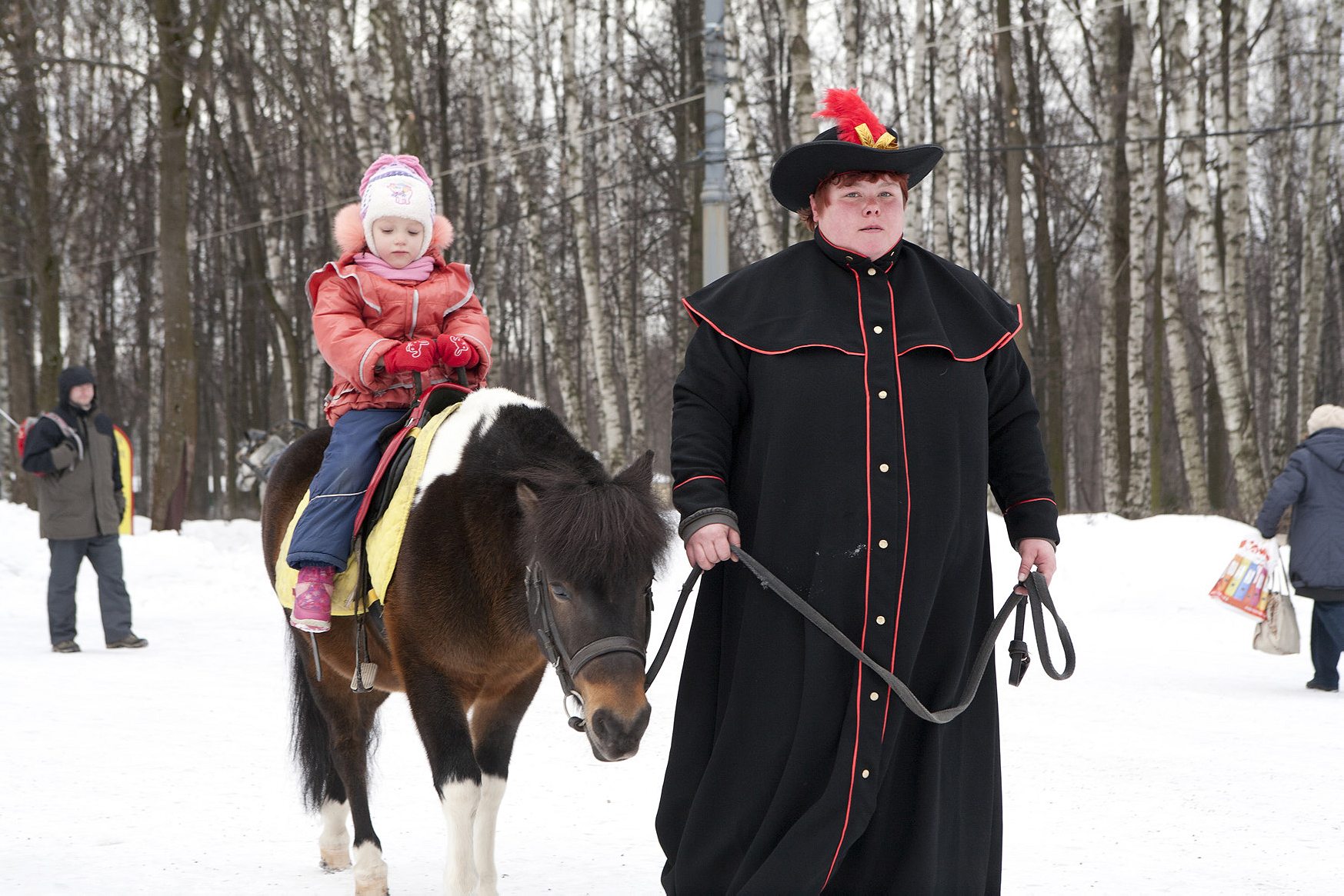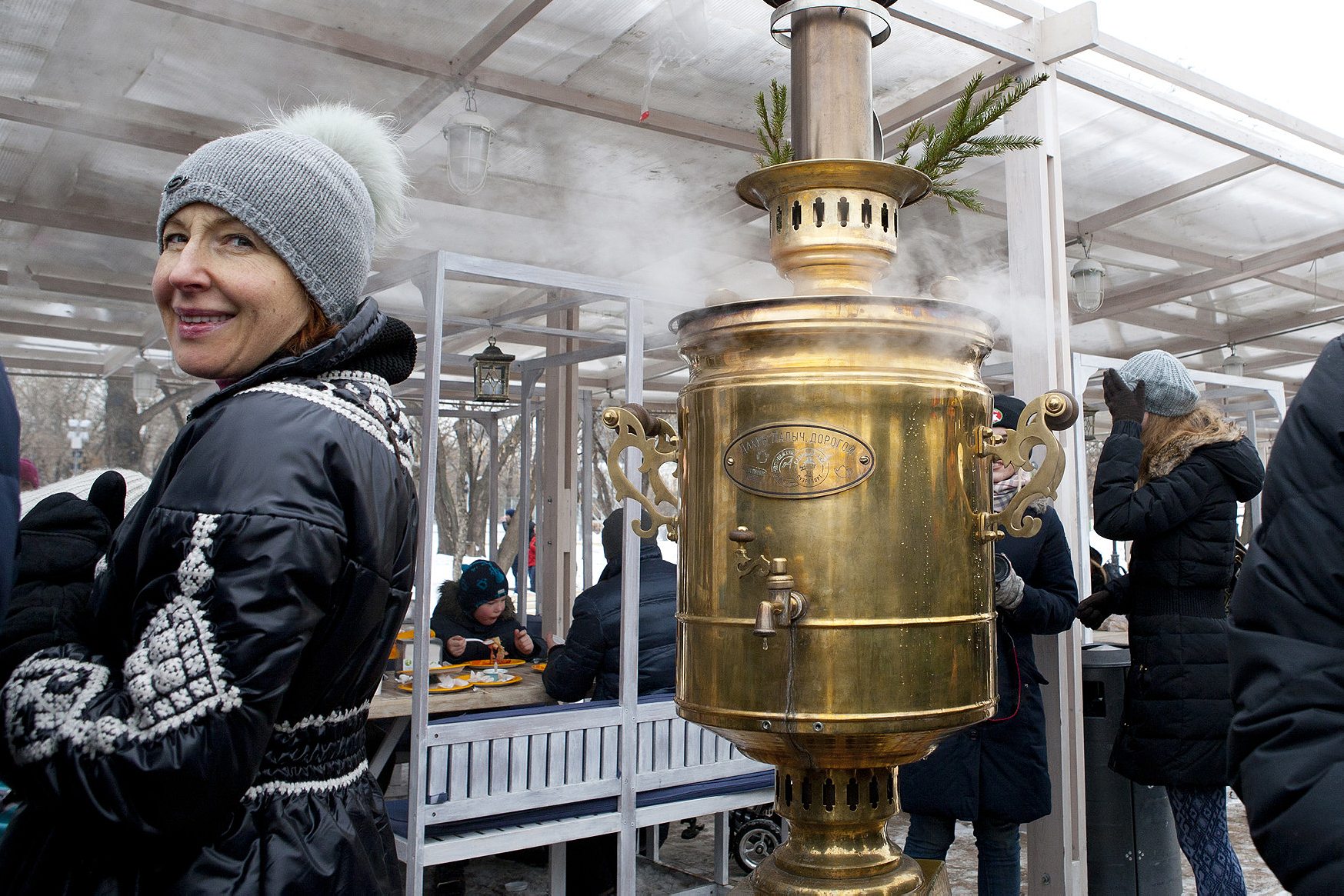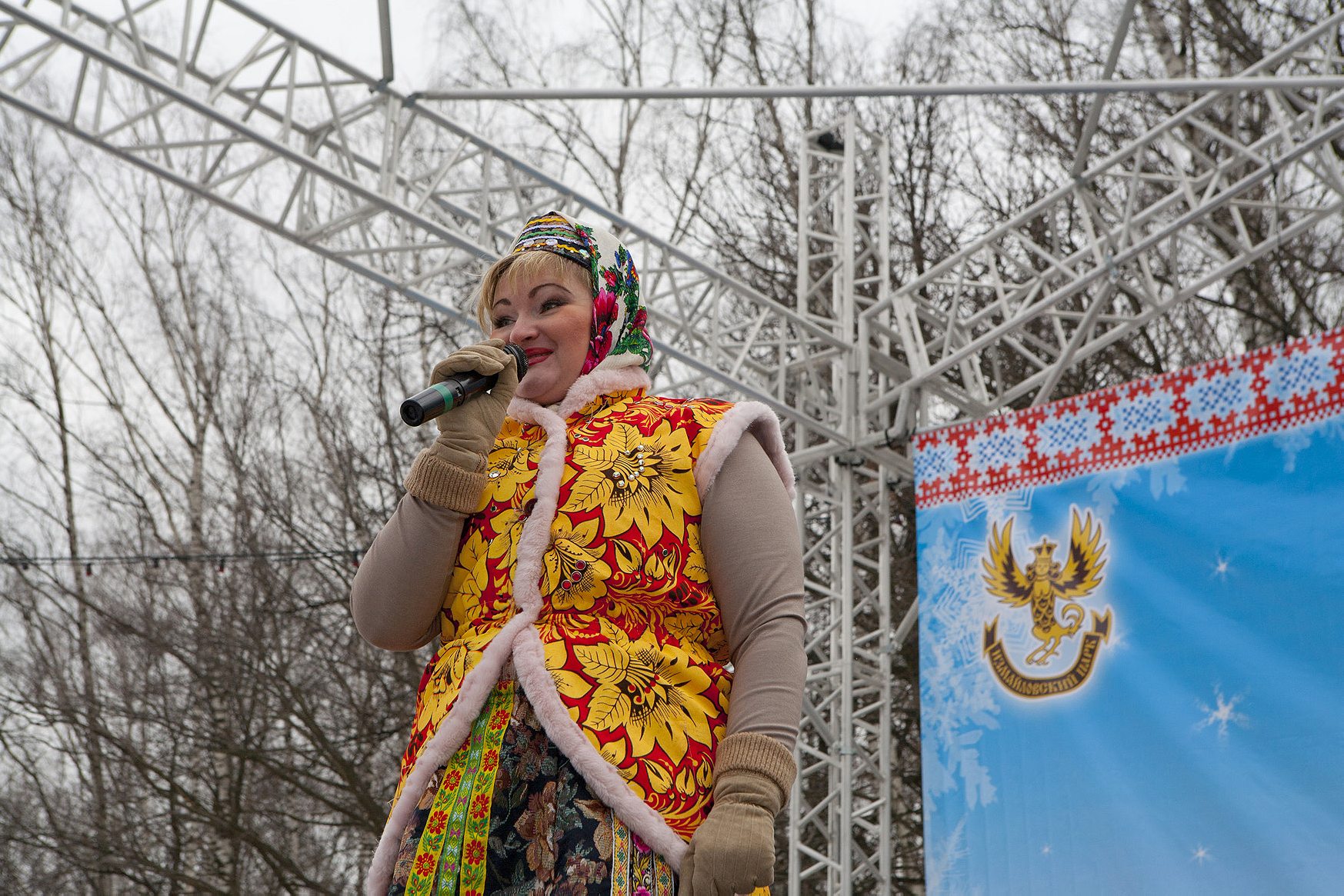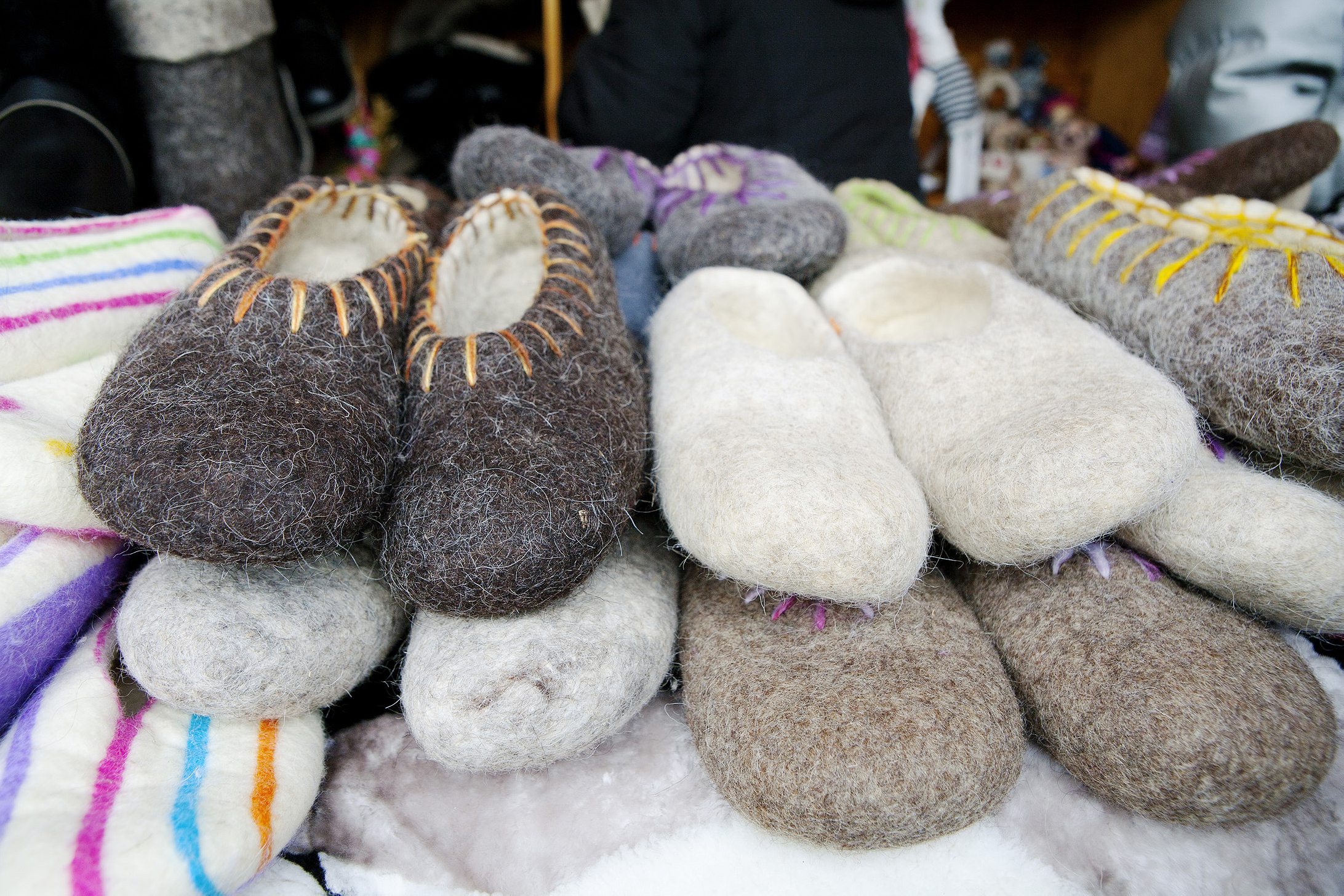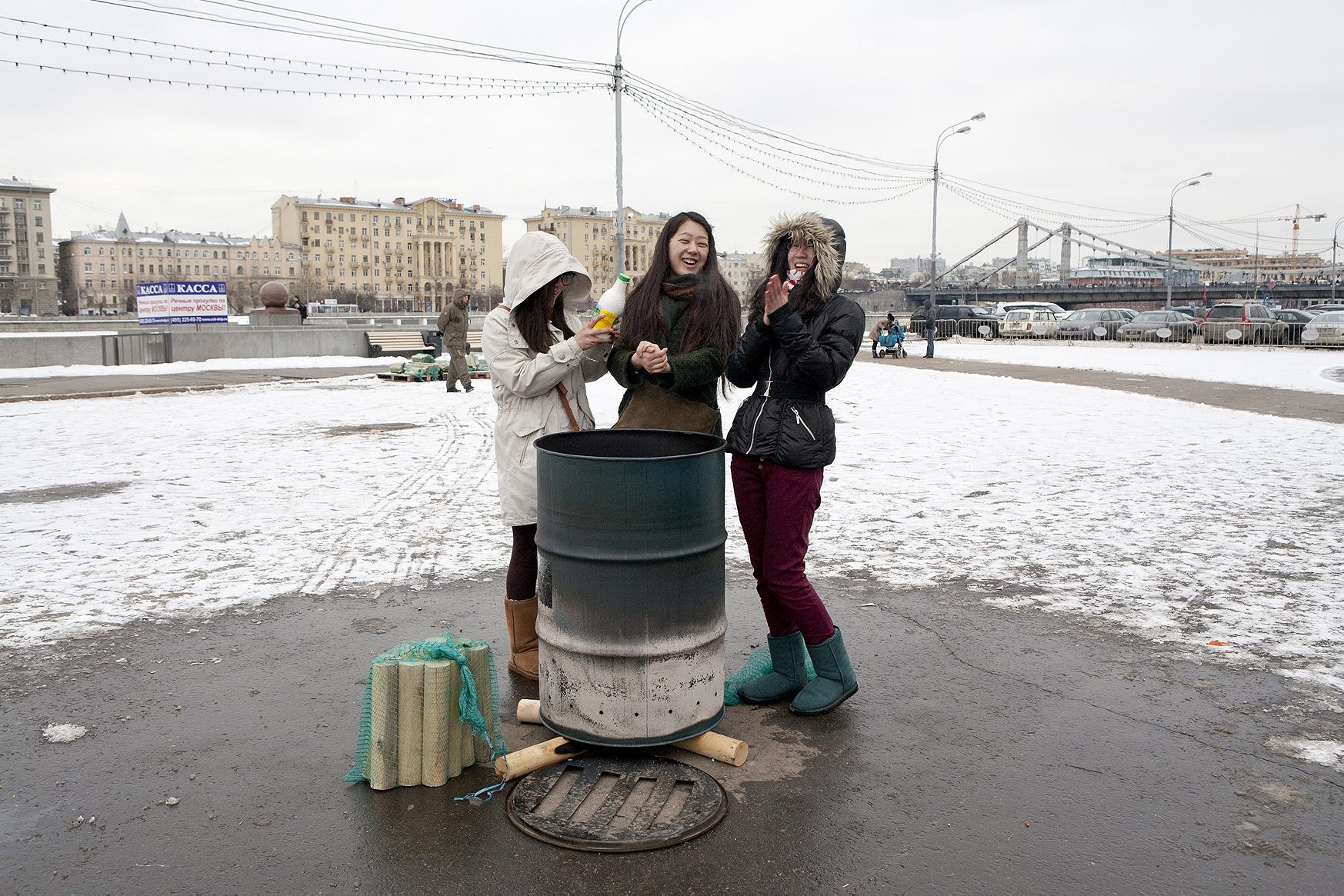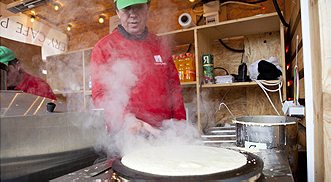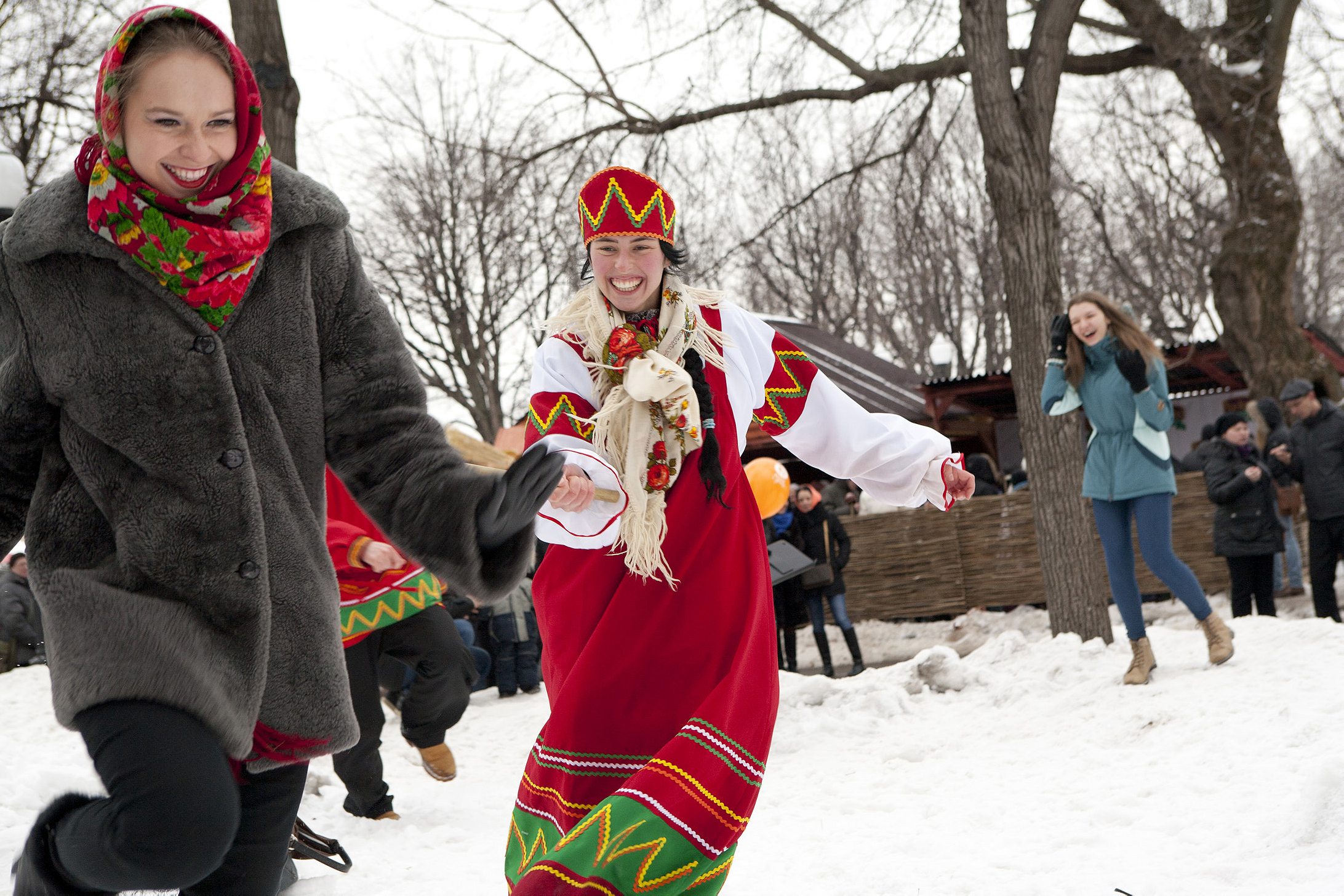For one week every March, Russians emerge from hibernation in search of music, dance, and piles of pancakes.
Maybe it’s premature to say goodbye to winter when snow and ice still cover the ground. Perhaps a party to welcome in spring seems like wishful thinking when the air still gnaws at your bones and a stroll outside requires all manner of fleece and fur for protection. But consider the circumstances: By mid-March, Russians have endured nearly five months of blistering winds, rampant snowfall, and brutally short days. And for the 150 million or so Orthodox Christians about to plunge headfirst into the meat-less, booze-less, joyless weeks of Lent, there’s an acute need to blow off some steam.
Maslenitsa is a holiday for Russians of all stripes, an open-air festival where an anxious population emerges from hibernation to eat, drink and prepare itself for bigger things to come. For nonbelievers, it’s a chance to shake off the winter doldrums and usher in the springtime (even if, like this year, winter shows no signs of going quietly); for Orthodox devotees, Maslenitsa is a time to steel themselves for the somber days of Lent that lie in wait.
We sent photographer Lily Idov right into the chattering teeth of Moscow’s Maslenitsa celebrations last week, where she found many of the pagan remnants that are staples of the weeklong festivities: pillow fights and snowball brawls, elaborate costumes and horn-blowing wolfmen, a giant bag of Russian winter words (“snow”, “flu”, “despair”) ready to be set aflame.

Most importantly (for us, at least), she found pancakes. At the heart of the Maslenitsa madness (also known by many as Pancake Week) is the blini, that warm, rich amalgamation of carbs and dairy, a pillowy delivery system for all manners of salty and sweet accompaniments. While most Russians enjoy their blini with classic companions like caviar, jams and chocolate, Idov hunted down one of Moscow’s great young chefs, Ivan Shishkin, to see how he treats the undisputed star of Maslenitsa. Though the week has passed and the winter pushes on, Shishkin’s genius play on the pancake is enough to warm even the most frigid soul. —Matt Goulding
The pancake symbolizes many things for many people in Russia: a form of protection against evil; a circle of life and death and regeneration; the sun, which all but disappears in the months leading up to Maslenitsa. For Shishkin, more than anything, the blini represents a canvas. “I wanted to add some fish flavor to go with the roe sauce I pour over the top,” he says. “I was lucky when I got that charcoal color plus that nice squid ink flavor.”
Shishkin served this dish last week at Delicatessen and ButerBro, his duo of genre-pushing Moscow restaurants, plus at Dary Prirody, his silver bullet food truck found parked in Hermitage Garden. It may be a clever and visually striking twist on a classic, but as Idov sees it, these blinis have a deeper meaning. “Maslenitsa was also a time to ask deceased ancestors for a plentiful year. So Shishkin’s black blinis are quite appropriate.”
For the sauce
50 g pike roe (substitute with rainbow trout
caviar if unavailable)
10 g minced red onion
70 g minced chive
25 g heavy cream
25 g creme fraiche
For the blinis
200 g all-purpose flour
20 g sugar
4 g salt
6 g baking powder
400 g whole milk
2 eggs, yolks separated from whites
4 Tbsp neutral oil, plus more for frying
1 Tbsp squid ink
Place the red onion in a bowl of ice water and leave for 15 minutes. Strain and dry on a paper towel. Mix the onion with the remaining ingredients in a small bowl. Cover and keep in the fridge for 4 hours.
Mix all dry ingredients in a bowl. In a separate mixing bowl, whisk together the yolks and the milk until uniform in color. Gradually add dry mixture, whisking until all is incorporated and no lumps remain. Add oil and mix.
In a separate bowl, whip the egg whites until they form soft peaks. Use a spatula to gently fold the whites into the batter. Stir in the squid ink, gently mixing until the batter is a uniform black color.
Heat a large buttered cast-iron skillet of nonstick pan over medium heat. Spoon a generous tablespoon of the blini mixture onto the surface, and turn the pan to coax the batter into 4-inch circles. Cook for a minute or two, until a solid surface forms, then flip and repeat.
Serve the warm blinis with a generous amount of the pike roe sauce on top.

